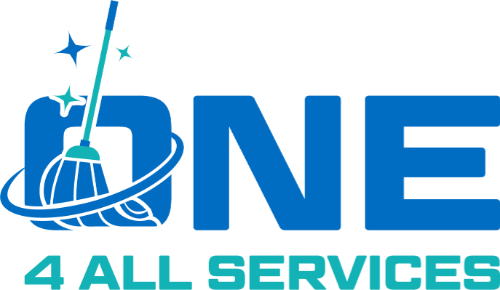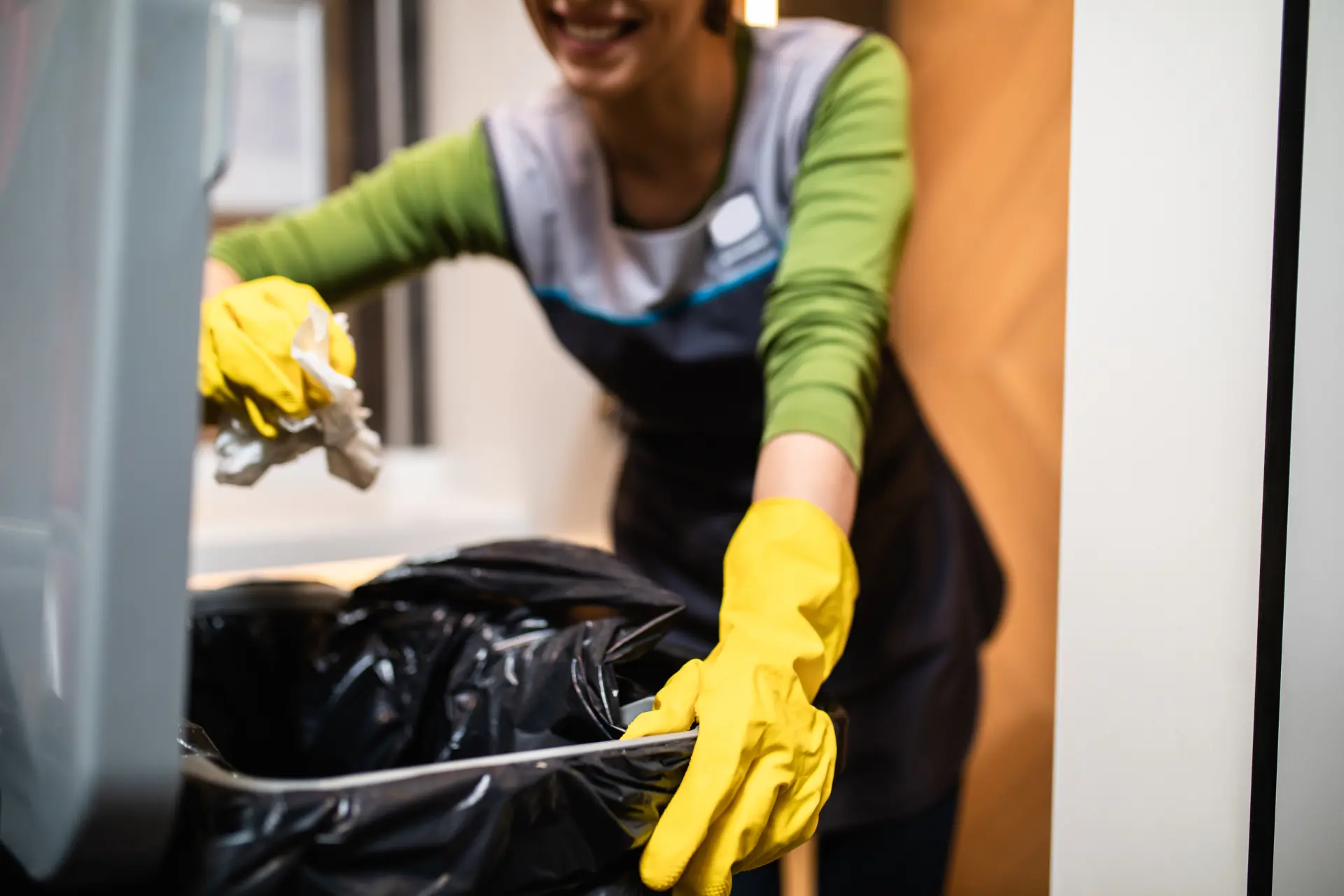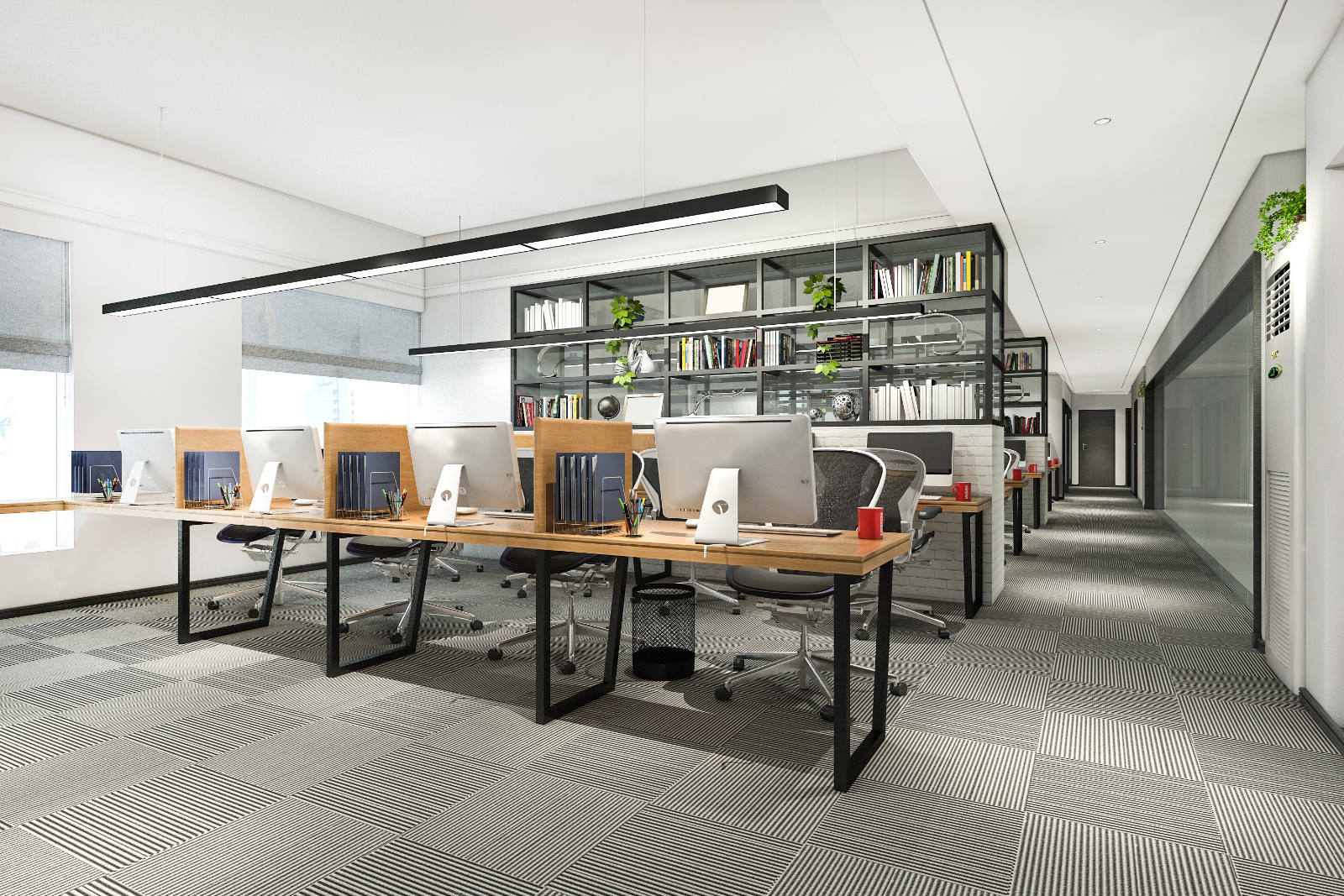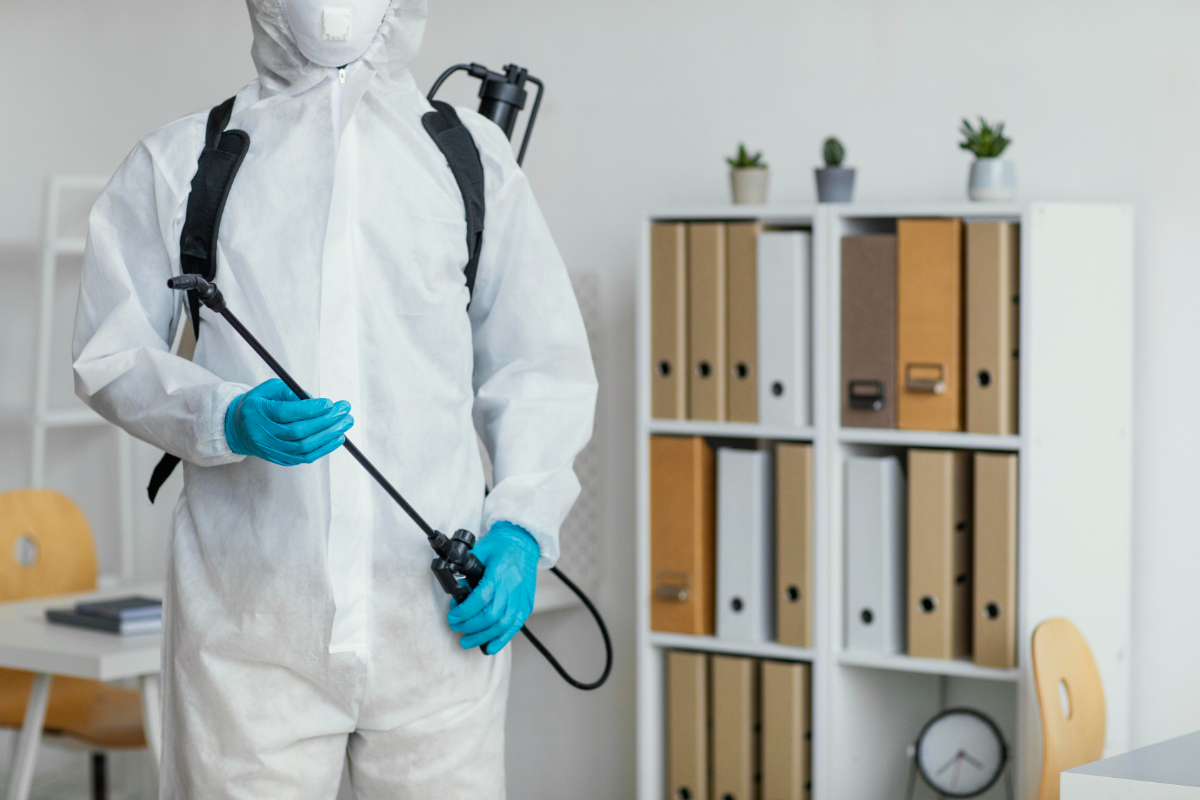This article looks at the importance of infection control cleaning. Our guide highlights the importance of proper hygiene practices and regular cleaning to minimise the risk of illness and promote a healthier workplace or environment.
The Risks of Poor Cleaning Practices
Germs live on door handles, rails, taps, desks and phones. If these are not cleaned and disinfected, people touch them and then touch their face. This raises the chance of stomach bugs, colds, flu and other infections. One sick person can pass germs to many others in shared spaces, so a small problem can soon become an outbreak across a whole site.
Babies, older adults and anyone with a weak immune system face the greatest danger. Poor cleaning makes it easier for germs to reach them, and they may become much more unwell than others. Keeping these people safe depends on strict hygiene at all times.
Cross-contamination is a common cause of spread. Using the same cloth or mop in different areas moves germs around. Cleaning a toilet and then a kitchen surface with the same tools carries bacteria to food areas, which increases the risk of foodborne illness.
Air quality also suffers when cleaning is poor. Dust, mould and chemical build-up can make the air unhealthy. This can trigger asthma and other breathing problems, especially where ventilation is weak or rooms are crowded.
Bad methods and the wrong products can damage equipment and surfaces. Ruined floors, fixtures and medical devices are harder to clean and may not be safe to use. Repairs and replacements add to costs that could have been avoided.
Staff sickness rises in unclean spaces. More people off work puts pressure on teams and lowers morale. Working in a dirty setting also harms pride and focus, which can make standards fall even further.
Key Areas That Need Infection Control Cleaning
High-touch surfaces need the most care. These include door handles, light switches, lift buttons, handrails, taps, desks, keyboards, phones and touch screens. Clean and disinfect these often throughout the day, not just once.
Bathrooms and toilets are high risk. Clean sinks, taps, toilet seats, flush handles, dispensers and floors with the right disinfectant. Make sure bins are emptied before they are full. Keep soap, paper towels and hand sanitiser stocked so people can clean their hands.
Kitchens and food areas must be spotless to prevent stomach bugs. Clean worktops, chopping boards, fridges, microwaves and handles. Wash and disinfect cloths and sponges, or use single-use wipes. Keep raw and cooked food areas separate to avoid cross-contamination.
Clinical and care spaces need more strict routines. Treatment rooms, waiting areas, beds, chairs and medical devices should be cleaned between users. Use colour-coded tools so items used in toilets are never used in food or patient areas. Follow the product contact times so disinfectants have time to work.
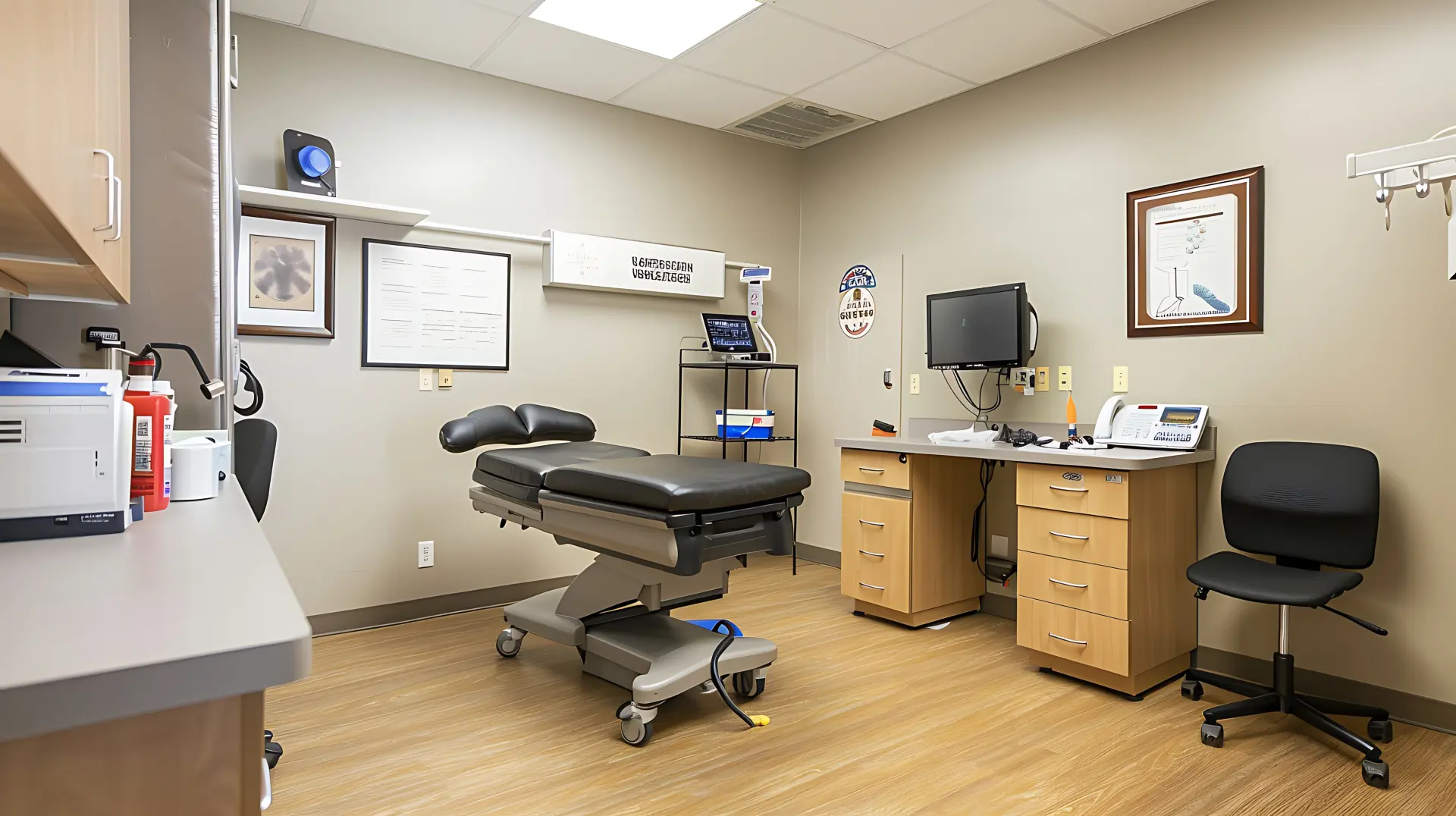
Shared spaces spread germs quickly. Reception counters, waiting rooms, meeting rooms, classrooms and staff rooms should be cleaned often, with extra focus on chairs, tables and any play items or shared stationery. Good ventilation helps by moving stale air out and fresh air in.
Floors and corridors carry dirt from many shoes and wheels. Clean and disinfect them regularly, especially near entrances, toilets, kitchens and waste points. Mop heads and buckets should be cleaned and dried after use so they do not spread germs.
Shared equipment needs special care. This includes hoists, trolleys, wheelchairs, gym gear, toys and handheld devices. Clean and disinfect between users. For electronics, follow the maker’s guidance and use suitable wipes that will not cause damage.
Waste, laundry and transport can move germs around a site. Use the correct bins with lids, tie bags securely and remove waste often. Handle used linen with care and wash at the right temperature. Clean site vehicles and transport chairs or stretchers between journeys, paying attention to touch points.
The Role of Staff Training and Awareness
Clear teaching at the start, followed by regular refreshers, helps staff build the right habits and keeps standards high.
Training should cover how germs spread, when to clean, which products to use and the correct order of work. It should also teach safe use of all existing personal protective equipment, such as gloves and aprons, and show how to put them on and take them off without spreading germs. Staff need to know the contact times for disinfectants so the products have time to work. Colour-coding tools, like cloths and mops, help stop cross-contamination and should be part of the lesson.
Hand hygiene is a greatly useful skill that all should know. Staff should learn the proper hand washing steps, when to wash, and when to use hand sanitiser. Simple visual reminders near sinks and in busy areas help people remember. Leaders should set a good example by following the same rules.
Awareness is not only about what happens in a classroom. Short daily briefings, posters in the right places and quick on-the-job coaching help new and experienced staff stay alert. If people can spot risks, such as a full bin, a dirty touch screen or a spill, they can act at once and stop problems from growing.
Checks and records show that training is working. Supervisors can use simple checklists to watch practice and give feedback. Competency sign-offs and refresher dates should be kept up to date, including for agency and temporary staff. If a mistake happens, use it as a chance to learn and improve the plan.
How Professional Cleaning Services Can Help
Professional cleaners bring skill and structure to infection control. They know how germs spread and which methods work best. They use the right products, in the right amounts, for the right contact times. This keeps surfaces safe without harming people or equipment.
A good service will start with a site survey. They look closely at your risks, busy times and high-touch points. Then they create a clear plan that says what to clean, how often and who is responsible. Colour-coded tools and set routes will help to reduce cross-contamination and wasted effort.
Trained teams follow proven procedures. They use personal protective equipment correctly and dispose of waste in a safe way. Between tasks, they change clothes and mop heads, and clean their tools so germs are not moved from one area to another.
Specialist work is handled with care. This includes outbreak response, deep cleans, kitchens, bathrooms and clinical rooms. Professionals have access to machines like steam cleaners and foggers when needed. They also understand the maker’s guidance for cleaning electronics and medical devices.
Quality checks allow for consistent high standards. Supervisors use checklists, spot checks and ATP or visual tests to confirm results. They keep hold of simple records that show what was cleaned and when. These records help with audits and prove compliance with hygiene rules.
Professional services save time for your team. Staff can focus on their main jobs while the cleaners manage stocks, order supplies and maintain the cleaning equipment. Flexible scheduling allows early morning, evening or weekend cleaning to suit your site.
Support is ongoing. You can get advice on hand hygiene points, signage and layout changes that make cleaning easier. If risks change, the plan is updated. Clear reports show progress and any actions taken.
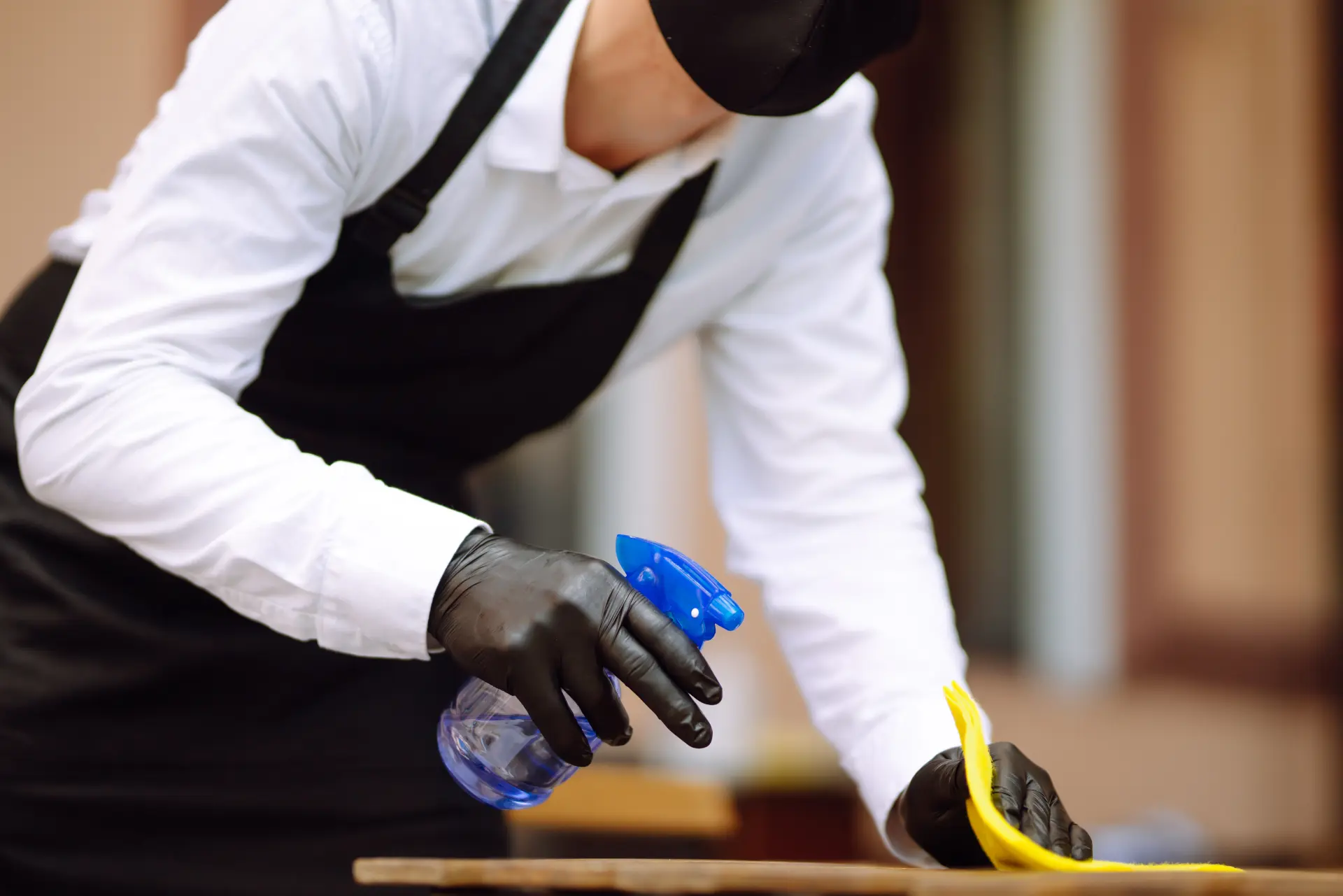
Best Practices for Effective Infection Control
Start with clear, simple rules that everyone understands. Set out what to clean, how often and which products to use. Share this plan with all staff so each person knows their role. Keep the plan easy to follow and update it when risks change. Focus on hand hygiene. Make sure sinks have soap, warm water and paper towels. Put hand sanitiser in busy areas and at entrances. Teach the correct hand washing steps and show reminder posters near sinks. Target high touch points through the day.
Clean and disinfect door handles, light switches, lift buttons, taps, desks, keyboards, phones and touch screens. In shared spaces, add extra cleans at peak times. Use the right products and follow contact times. Check the label so the disinfectant is suitable for the germs you want to control. Leave the surface wet for the full time so the product can work. Never mix chemicals.
Wear personal protective equipment when needed. Gloves and aprons help protect staff and stop the spread of germs. Put them on and take them off in the correct order. Throw away single-use items straight after use. Keep the air fresh and clean. Open windows where safe to do so or use mechanical ventilation. Avoid blocking vents and keep filters maintained. Good airflow reduces the build-up of germs indoors. Manage waste and laundry with care. Use the correct bins with lids and remove waste often. Tie bags securely. Handle used linen as little as possible and wash at the right temperature.
One 4 All Services LTD offers professional infection control cleaning in Halifax, Bradford, Leeds and surrounding area clients the best quality cleaning services available. Our team of cleaners are highly qualified and experienced in the art of infection control cleaning for numerous residential homes and company establishment buildings.
